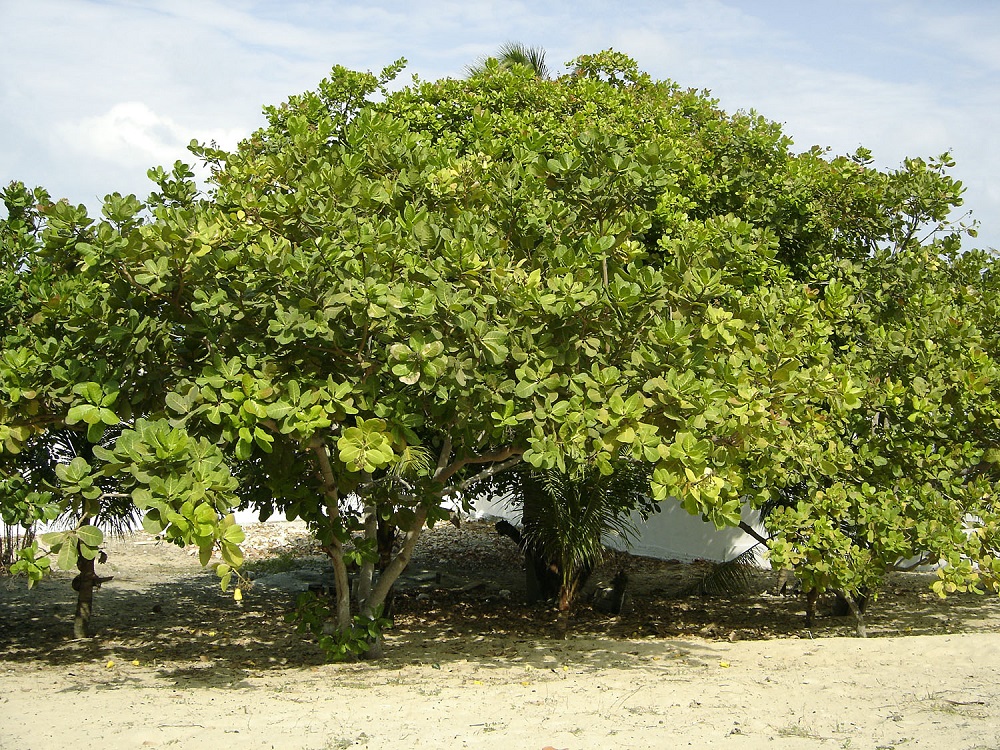Kaju - Cashew

Anacardium occidentale Scientific classification : Kingdom : Plantae Clade: Angiosperm Clade : Eudicots Clade : Rosids Order : Sapindales Family: Anacardiaceae Genus : Anacardium Species : A.oxidentale
Common name : English :Cashew nuts, caju, cashew apple Hindi :Kaju Kannada :Godambi, Geru, Godambe Marati :Kaju
Discription:
- Habit and Habitat : A small crooked tree, cultivated.
- Distribution : Native of Brazil, South America, cultivated in Asia and Africa, distributed in Andaman and Nicobar island, Assam, Kerala, Odissa.
- Morphology:
Leaf :Simple, obovate, rounded at apex, base wedge-shaped,
Coriaceous. Infloroscence: Panicles. Flower : In terminal panicles, bracts ovate. Calyx - 5 partite, imbricate, deciduous. Corolla – petals linear-lanceolate, deflexed. Androceium: Stamens about 9, one fertile and longer than others disk, filling the base of the calyx. Gynoceium : Ovary obovoid, tapering into awl-shaped style. Fruit : Nut, reniform, seated on a large, pyrriform, fleshy thalamusof golden colour, formed of the enlarged disk and the top of the peduncle. Seed : a nut. Flowering and Fruiting time :January - March. - Importance :Fruits are edible, roasted nuts which are aphrodisiac, and cures loss of appetite. The shell of cashew seed yields derivates that can be used in many applications including lubricants, waterproofing, paints, and arms production. The fruit pulp can be processed into a sweet, astringent fruit drink or distilled into liquor.
- Propagation: By seeds.
- Location: in front of chemistry staff room. References : https://indiabiodiversity.org/species/show/228713 https://en.m.wikipedia.org/wiki/cashew https://www.sciencedirect.com/topics/agricultural-and-biological-sciences/anacardium _occidentale
 Trees of GSS Project supported by Makerspace Belgaum Website concept and designe by
Trees of GSS Project supported by Makerspace Belgaum Website concept and designe by